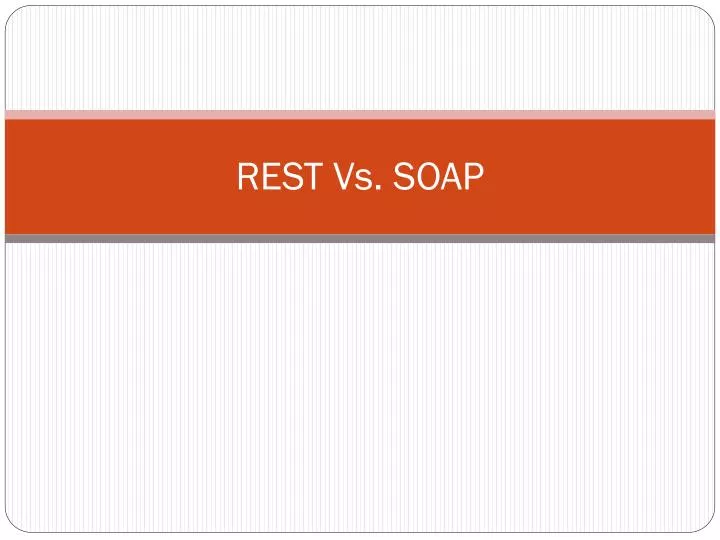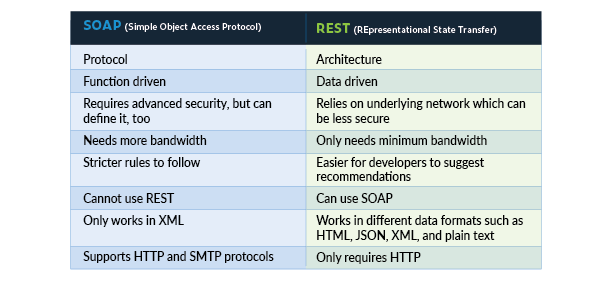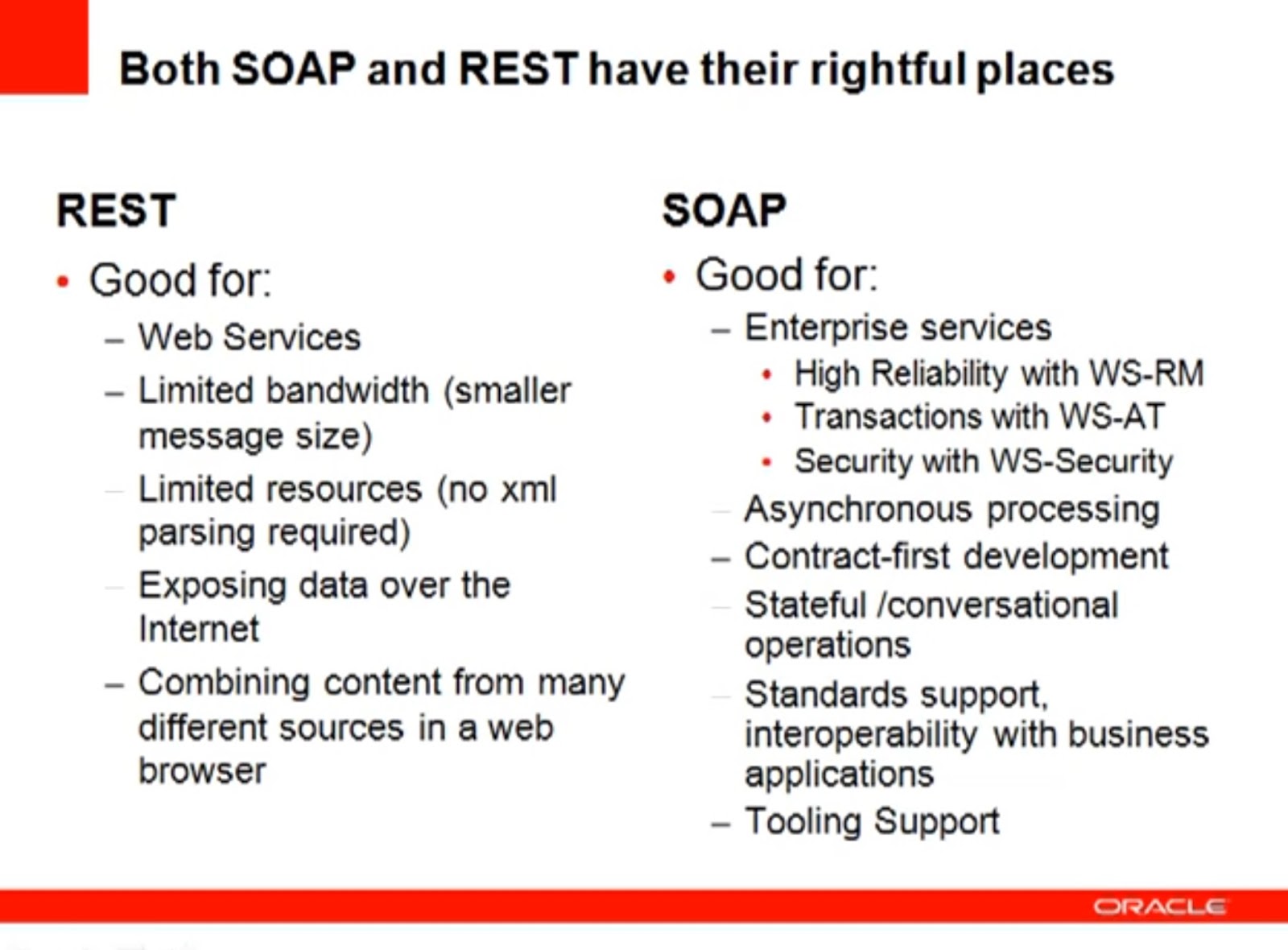

To create our service, we will replace the contents of the GreeterService.cs file with Snippet 2, renaming the file ProductCatalogService.cs.To create our contract, we will replace the contents of greet.proto with Snippet 1, renaming the file product.proto.We will repurpose Greeter’s core files to suit our needs. Now that we’ve created the project, VS displays a sample gRPC prototype definition service named Greeter. To recap, the most significant points when comparing REST vs. The strict typing and field ordering of proto3 make message deserialization considerably less taxing than parsing JSON. Snippet 1: ProductCatalog Service Definition

Rpc GetProductDetails (ProductDetailsRequest) returns (ProductDetailsReply) proto file defines a function to return a product entry, given an ID: syntax = "proto3" Unfortunately, there is no default mechanism to share these definitions aside from providing direct access to the. These service definitions need to be available to both the server and the client. This system supports various numeric and date types, lists, dictionaries, and nullables to define our input and output messages. As developers, we get to define these functions and their parameters using protocol buffers’ rich type system. proto file) are listed inside the service node in the protocol buffer file. The remote functions that are available on a service (defined in a. proto files (We’ll follow proto3, the latest protocol buffer language specification.) A contract definition language found in.Unlike JSON, however, protocol buffers are more than a serialized format. It uses protocol buffers by default as its mechanism for structured data serialization, similar to REST’s use of JSON. gRPC enables more efficient communication through serialized binary payloads.

GRPC Remote Procedure Call (gRPC) is an open-source, contract-based, cross-platform communication protocol that simplifies and manages interservice communication by exposing a set of functions to external clients.īuilt on top of HTTP/2, gRPC leverages features such as bidirectional streaming and built-in Transport Layer Security (TLS). Let’s look at an alternative to address this concern. The repetitive nature of referencing property names-even when compressed-can lead to bloated messages. While JSON may be human-readable, it is not optimal when used between services. Given this request, our response (irrelevant headers omitted) may look like: HTTP/1.1 200 OK Here, we request a product resource with an ID of 11 and direct the API to respond in JSON format: GET /products/11 HTTP/1.1 To illustrate, let’s look at a simplified example of retrieving a product via a REST API. Request and response bodies contain data that is specific to the operation, while their headers provide metadata. A REST API is generally built on the HTTP protocol, using a URI to select a resource and an HTTP verb (e.g., GET, PUT, POST) to select the desired operation. Representational state transfer (REST) is a means of retrieving or manipulating a service’s data. While REST is a favored approach, gRPC is a worthy contender, offering high performance, typed contracts, and excellent tooling. Many standard technologies address the interservice communication needs of distributed systems, such as REST, SOAP, GraphQL, or gRPC. APIs bridge communication between services that may represent a single, complex system but may also reside on separate machines or use multiple, incompatible networks or languages.

In today’s technology landscape, most projects require the use of APIs.


 0 kommentar(er)
0 kommentar(er)
